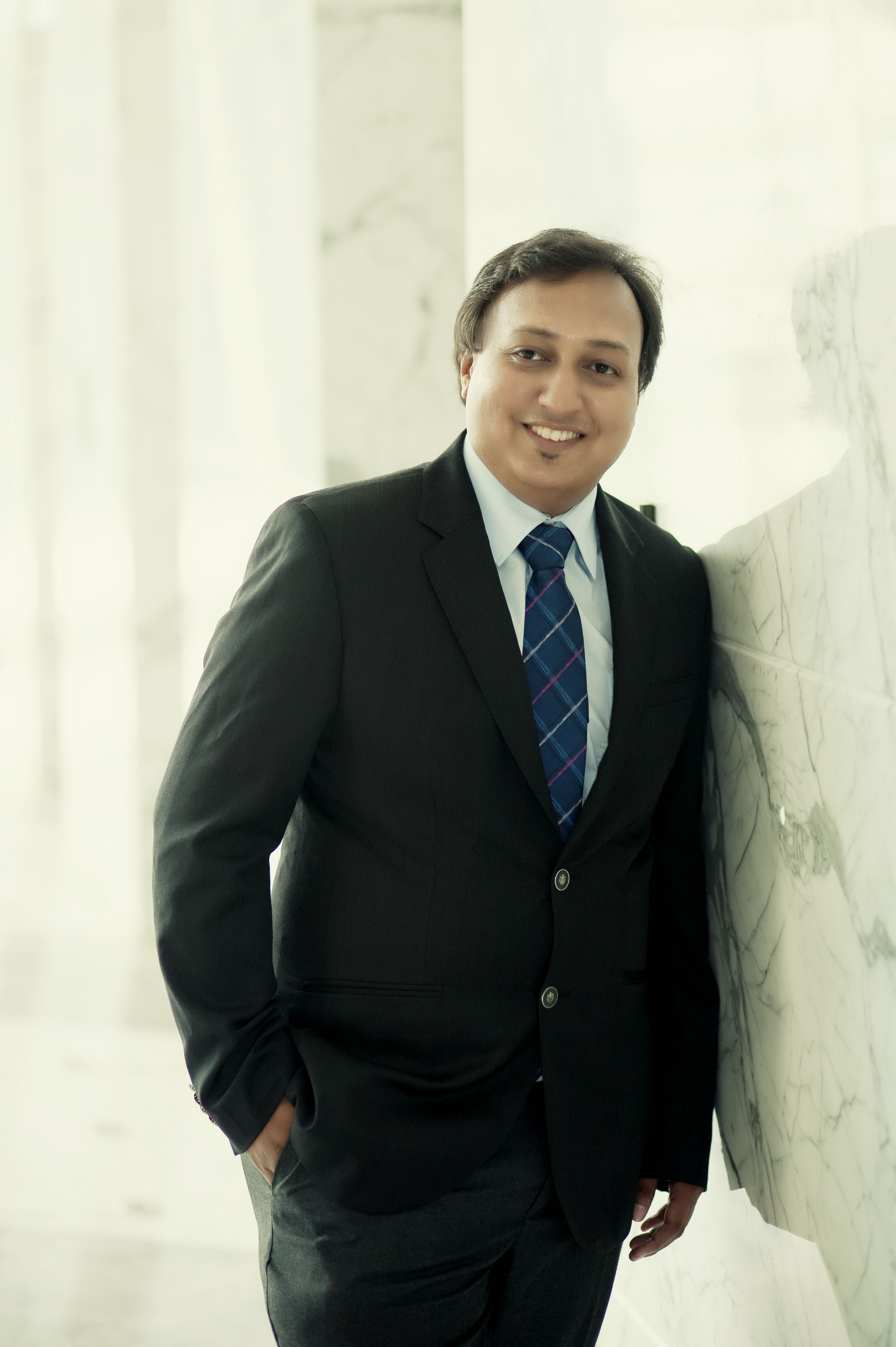Mr. Yadnesh Chavan has 7.5 years’ experience in Debt fund management and has in-depth knowledge across all debt market segments. He holds a MBA degree from IIPM, New Delhi. At present, Mr. Chavan is working with Mirae Asset Global Investments as Head of Fixed Income.

1. What is your view on the current debt market scenario?
The twin measure taken by RBI last month on July 15 2013 and July 23 2013, coupled with the other measures has tightened the overnight liquidity and led to overnight rates spiking to 10.25% and yields across the yield curve rising by 70-300 bps.
We expect RBI to realign its stance in response to rupee movements. The overall yields for the short term and long term papers will get adjusted in response to emerging changes in liquidity and RBI policy stance.
However long term yields will continue to remain under pressure and largely dependent on RBI`s support through OMO - purchases in government borrowing.
2. Investors should invest in short-term debt instruments, due to the prevalent high short term rates, however, what cues should investors keep an eye out for to reduce such an exposure?
We believe the inverted yield curve will continue for few more months, till such a time investors can take benefit of higher yields at shorter end without taking much duration risk. When the currency will stabilize RBI may reverse the recent measures which will normalize the yield curve. Investors should monitor rupee movements and RBI policies before deciding their investment instruments.
3. What is your take on RBI’s stance in the forthcoming monetary policy meeting?
It is clear from RBI`s recent policy that the RBI`s main focus is on stability of currency movement. However since the depreciating Rupee will fuel the inflation in coming months, we feel RBI will consider the same while deciding its policy stance. We will also look forward for guidance from new RBI governor next month.
4. What are the likely movements that we can expect in the G-Sec, and corporate bond spreads in the near term and long term?
It is difficult to predict the movement of G-Sec’s in the short term, however we feel that the 10 year government yields may trade in a broad range, between 8.20% to 8.70% in medium term, considering the current market scenario.
The overall credit spreads will be more dependent on the demand and supply equation in the market. In current scenario we are witnessing that cutoff of cash management bills are coming higher than comparable certificates of deposits issued by banks. Government issuances is completely crowding out short term and long term segment, as and when there will be demand from other issuers will come it will widen the credit spreads.
5. The product range of fixed income funds offered by Mirae Asset Global Investments is rather narrow, are there any plans to add duration and credit opportunity based funds in the near term?
We might look to add a duration product in future to complete our product basket, but at Mirae Asset we follow the principle of ‘Investors First’, so the timing of this launch will be dependent on our outlook on the long term debt.
Right now we feel the investors can make excellent returns in the shorter end of the curve without taking much interest rate and credit risk, where our existing funds are positioned to invest in.
6. What are the key factors that a retail investor should keep in mind while investing into a debt fund? At the current juncture, which funds would you recommend to the retail investors?
The shorter end of the curve is providing attractive yields resulting into high carry, also when the situation will start getting normalized will provide excellent opportunity to make capital gains.
The deterioration of corporate financial performance has implications for debt fund investors. In current scenario lower rated corporates are more likely to default than AAA rated corporates. Lower rated debt may offer higher yields, but one must understand that those high yields may themselves be contributing to the financial difficulties of the borrowers. So we feel investors must pay attention to credit quality of debt portfolios and choose portfolios with higher allocation to highest rated debt.
To summarize, the investors can look to invest in Short Term funds with portfolio duration of 1 to 1.5 preferably with 100% allocation to gilts and AAA rated papers.


